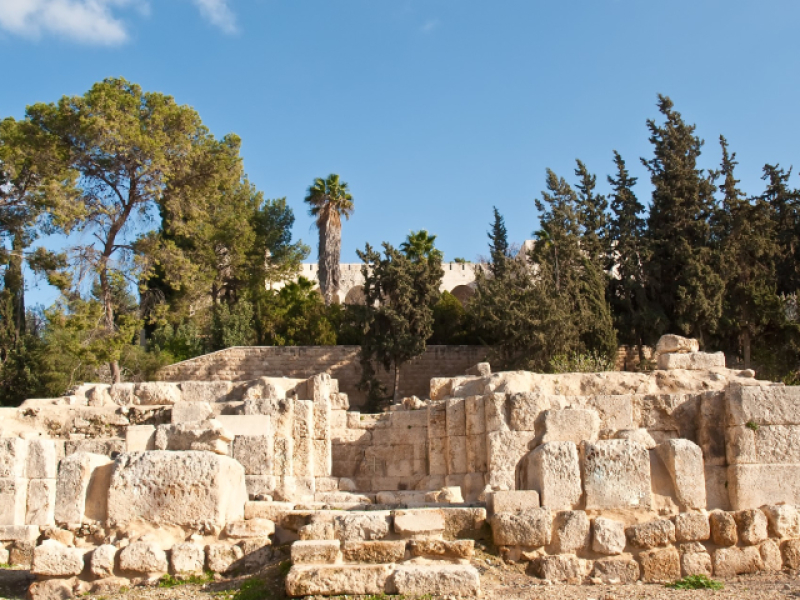
An electrical engineer in Israel uncovered church runs in his very own home during a renovation project.
In Mi'ilya, Israel, an electrical engineer by the name of Eilia Arraf was surprised to find ruins of a church that archeologists think date back to 1,600 years ago right under the floor of his home. In 2020, such a discovery was made when Arraf attempted to renovate his home to convert his aunt's bedroom and an olive oil storeroom into a new kitchen. The project was immediately canceled upon seeing the mosaic floors of what is believed to be church ruins from the Crusader Era.
"We did lose part of our house," the 69 year old Arraf told the New York Times. "But what we have underneath us is something that money can't buy."
Now, Arraf's home has turned into an archaeological dig and a minor tourist attraction. Mi'ilya, where Arraf lives, is a hilltop village that is home to about 3,200 people who are mostly Arab Christians. It is located in northern Israel, where many privately funded archaeological excavations take place. In fact, since 2017, four families have begun excavating 10 private homes in search of Crusader and Byzantine ruins.
Meanwhile, hundreds more families in Mi'ilya have come together to raise funds for a villagewide project to restore part of a castle from the Crusader Era that had been crumbling. Throughout the process, the villagers discovered the largest-known winery from the Crusader Era, as well as a Crusader town hall, a Roman cistern and Iron Age cooking equipment, and finally, the Byzantine church under Arraf's home.
DNYUZ quoted Rabei Khamisy, an archaeologist from the northern village who was leading the excavation effort, as saying, "It was a domino effect. In Mi'ilya, excavation became something like a tradition."
Mi'ilya residents were aware that they sat on an array of archeological treasures, but had not gotten the opportunity to fully uncover it. Part of the village that people live in today date back to the 12th century, when Frankish Crusaders built a castle in the area, most likely during the rule of Baldwin III, the Christian king of Jerusalem.
Now, Mi'ilya is known as one of the few villages in Israel with a Christian majority. Most of the few thousands of its villagers are Greek Catholics who settled in the area during the mid-18th century. Many of them live upon the ruins of a castle from the Crusader Era, which had become the backdrop of the little village.
Dr. Khamisy lamented that despite promises, the local council never got around to excavating or restoring the Crusader Era castle, not until 2017. It was in that year when part of the castle began to collapse, posing a risk to the community. Dr. Khamisy, who is a specialist in Crusader-era archaeology, then took the lead to preserve the fortress.
Dr. Khamisy urged the village council to call a meeting and decide for families in the town to donate a small cost of two cigarette packets for the excavation and restoration efforts. In the end, they raised about $60,000 and received $30,000 from the council to excavate and restore the Crusader Era ruins.
"The finds themselves are important for a Crusader historian, or an archaeologist like myself," University of Haifa professor of medieval archaeology Adrian Boas remarked. "They're adding information to what we know about the Crusader period."


















